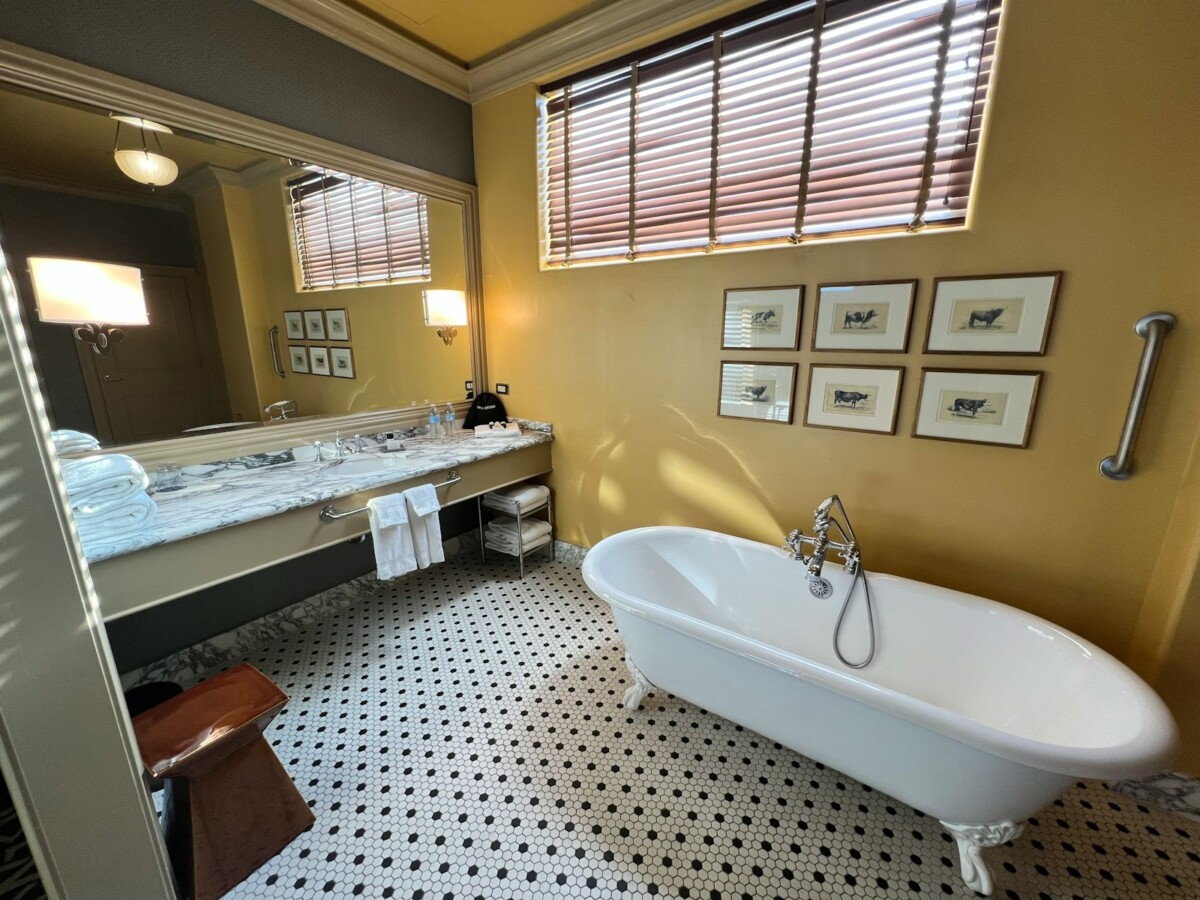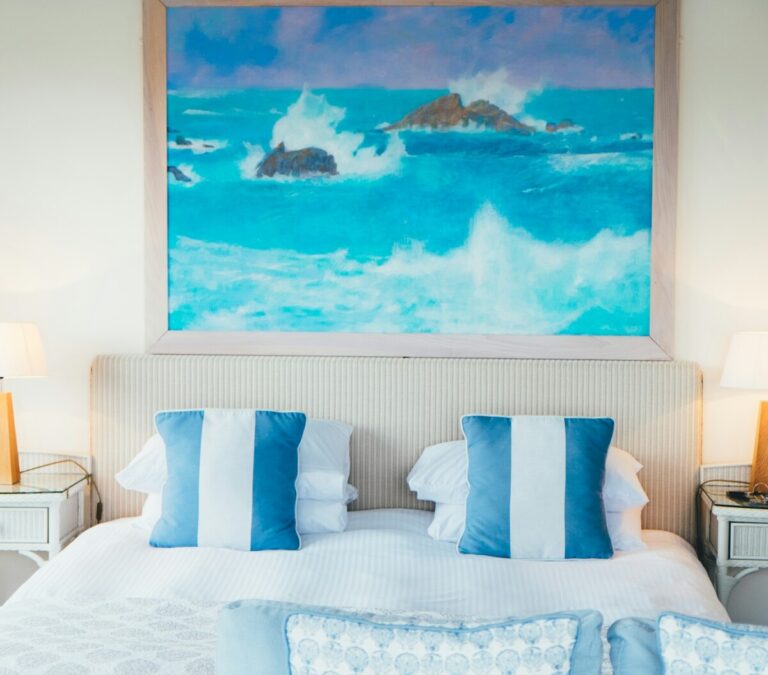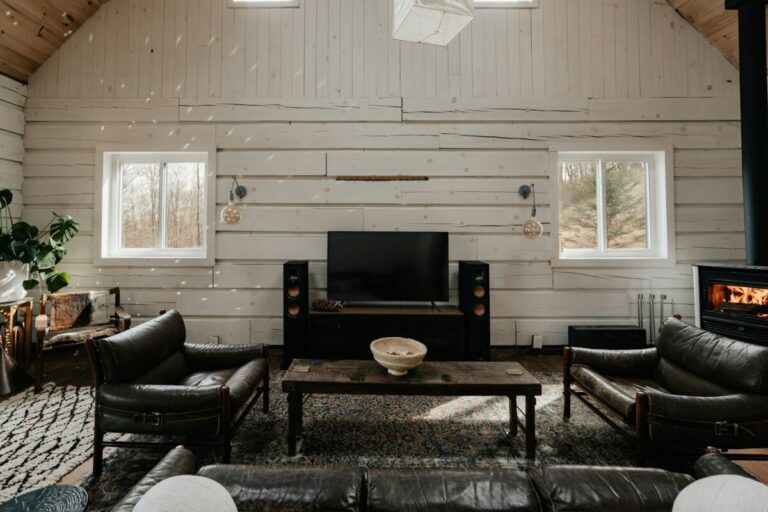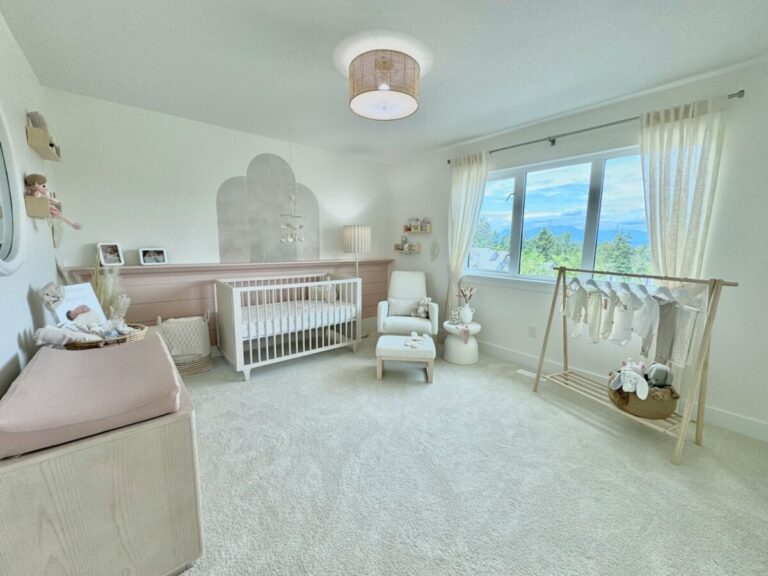Vintage Bathroom Designs aren’t a trend so much as a language—one that mixes patina, proportion, and a little romance. When people say a bathroom has “good bones,” they’re usually talking about choices that predate fad cycles: classic tile, honest materials, and hardware that feels like it was made by a person, not stamped out yesterday. That’s the charm of vintage bathroom decor: it whispers history while still working beautifully for everyday life.
Below, you’ll find design ideas drawn from a single photo set—moving left to right, top to bottom—each one a complete mood on its own. Some feel like the 1920s, some lean cottage, others flirt with Art Deco glamour. All of them share a goal: to help you build a bathroom that looks great now and still will in ten years. I’ll cover materials to prioritize, color cues, lighting moves, and where to splurge or save. I’ll also sprinkle in practical notes about sourcing pieces, caring for finishes, and—even better—how to style a vintage bathroom on a budget without losing the magic.
1. All-Pink Vintage Dream
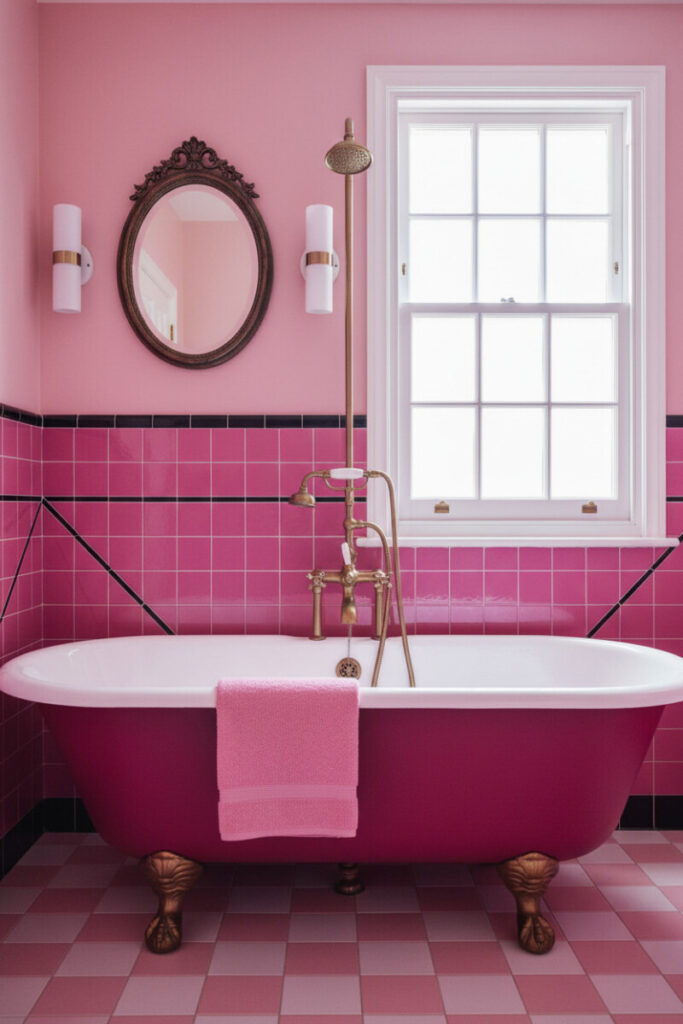
There’s brave, and then there’s floor-to-ceiling pink. This maximalist bath proves monochrome can be anything but boring. The dusty-rose walls temper the bubblegum tiles; black grout and a magenta clawfoot tub sharpen the edges so it never reads saccharine. Brass feet and Victorian plumbing add an authentically old-world note—more “postcard from 1937” than Barbie box.
Design takeaway: If you commit to a single color, double down on contrast. Black grout lines, dark bronze frames, and crisp white window trim keep the pinks from melting into each other. Limit the metal palette (brass only here) for coherence.
Practical tip: Pink porcelain is rare and pricey; paint on cast iron is not. If you find a beat-up tub, have it reglazed in white and spray the exterior in a durable automotive finish matched to your favorite rose.
2. Antique Brass Fixtures
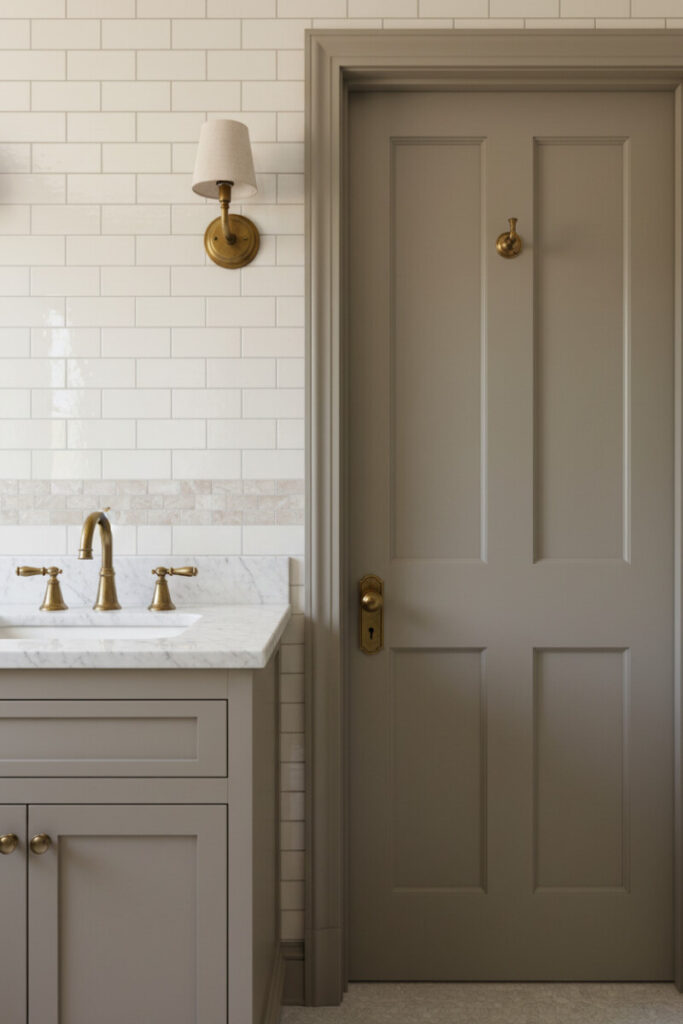
Picture a soft-greige vanity under a wall of iridescent subway tile, all anchored by antique bathroom fixtures in brass. It’s the jewelry-box approach: the shapes are classic, the finishes are warm, and the materials feel lived-in. A bridge faucet with cross handles and a linen-shaded sconce deliver instant pedigree without shouting.
Design takeaway: Keep the palette narrow—greige, off-white, brass—then let texture carry the story. Slightly wavy tile reflects light like water; a marble top adds cool balance.
Practical tip: When mixing old and new brass, align sheen first (all unlacquered or all satin) and let age variations happen naturally. They’ll even out over time.
3. Antique Clawfoot Tub
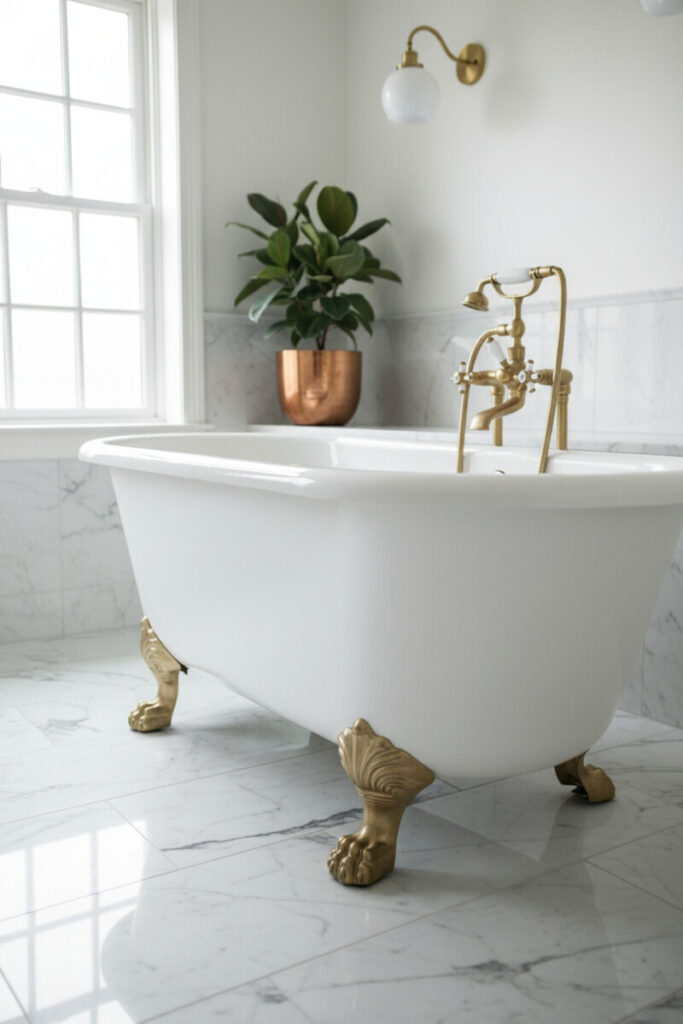
The slipper tub with a visible lion’s paw foot is practically a mascot for Vintage Bathroom Designs. Set on big-vein marble, it reads like sculpture. The exposed brass bridge faucet with porcelain handles is both functional and museum-worthy.
Design takeaway: Put the tub slightly off-center to feel intentional, not staged. Keep the wall treatment simple—white paint, low marble wainscoting—so the hardware and stone veining take the spotlight.
Maintenance note: Brass near water likes a wipe-down after each soak. Embrace the patina; that’s the point.
4. Arched Bathtub Alcove
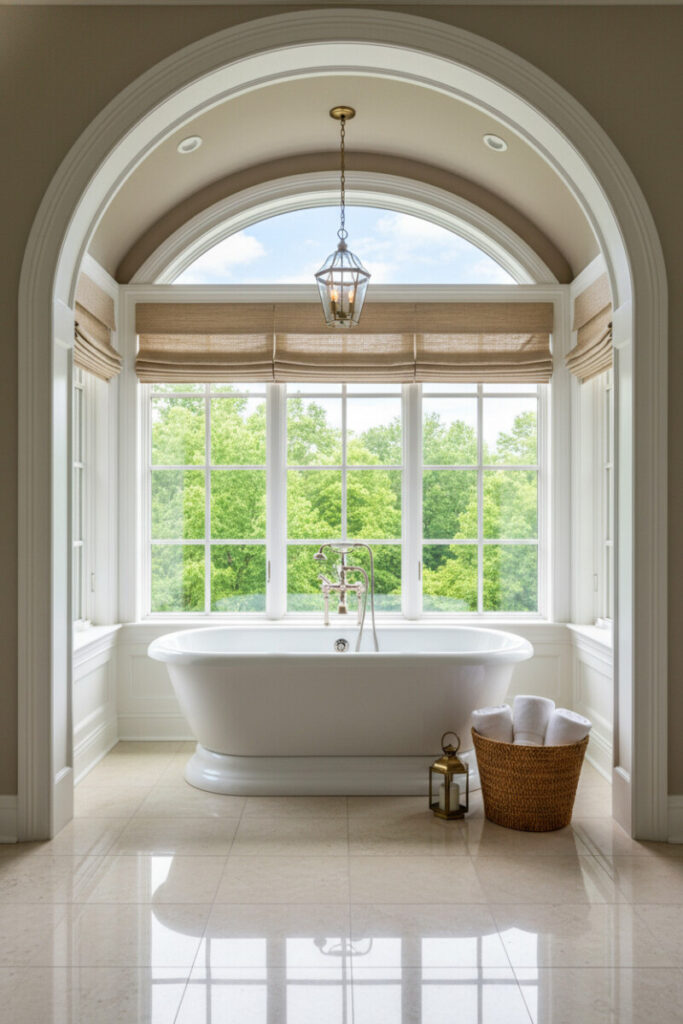
A deep arched niche turns bath time into a ceremony. The layered trim, taupe ceiling, and woven Roman shades soften the geometry, while a polished nickel filler keeps the look light.
Design takeaway: Use an arch to frame—not crowd—the tub. Leave breathing room around the base and keep floor accessories restrained: a basket, a small lantern, done.
Budget tip: You can fake the feel with a drywall arch cap and applied trim, then paint the inside slightly darker than the surrounding walls for depth.
5. Art Deco Glamour
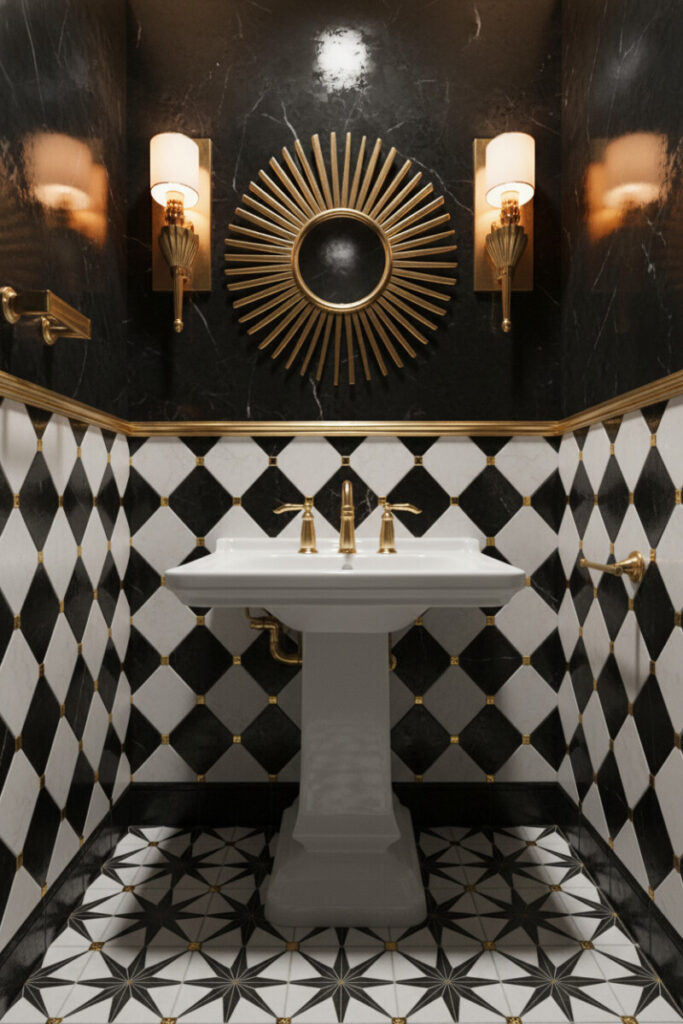
Black, white, and gold: the holy trinity of Deco. The harlequin mosaic, starburst floor, and sunburst mirror are graphic but not busy because the palette stays ruthlessly tight.
Design takeaway: In high-contrast rooms, lighting does the smoothing. Warm sconces soften the edges of black lacquer and gilded metal so faces look good, not ghostly.
Sourcing tip: True Deco mirrors can be fragile. New reproductions with beveled glass and brass rays hit the vibe without the conservation anxiety.
6. Black Raised-Panel Wainscoting
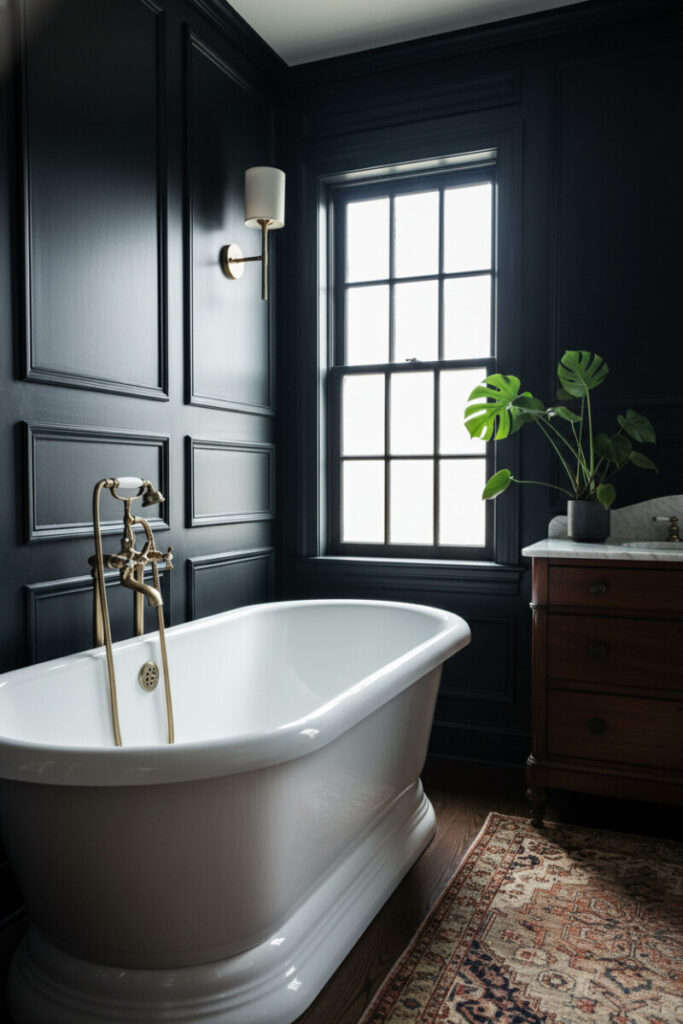
All matte black paneling sounds risky, until you pair it with a snow-white tub and a Persian rug that sneaks in warmth. Brass valves glint against the darkness like cufflinks.
Design takeaway: Use texture to avoid a flat black void. Raised panels, wood grain, and a stitched rug add layers. A single white sconce becomes a small moon in the night sky.
Durability tip: Choose a scrubbable enamel for black walls; soap and steam will test lesser paints.
7. Brass Tub
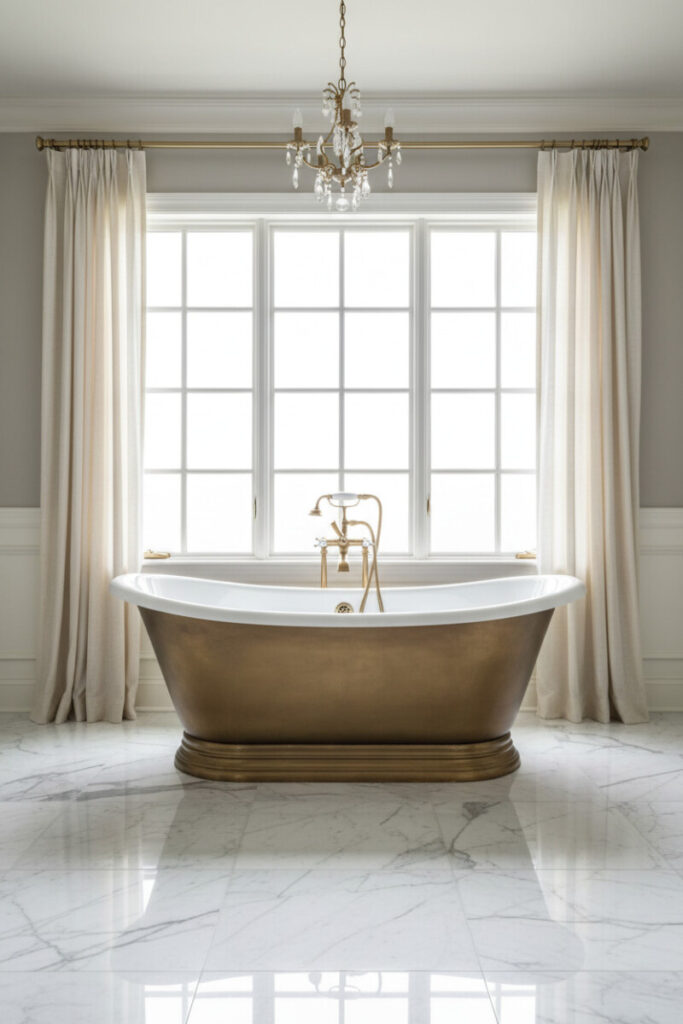
A satin brass tub on marble floors is unapologetically glamorous and—surprisingly—easy to live with. The white enamel interior keeps it practical; the brass outside reads like a champagne bottle waiting for a celebration.
Design takeaway: Balance the glitz with soft greige walls and linen drapes. A crystal chandelier overhead mirrors the tub’s glow without competing.
Care tip: Wipe the exterior with a microfiber cloth; avoid harsh cleaners that dull the satin sheen.
8. Checkerboard Tile Classic
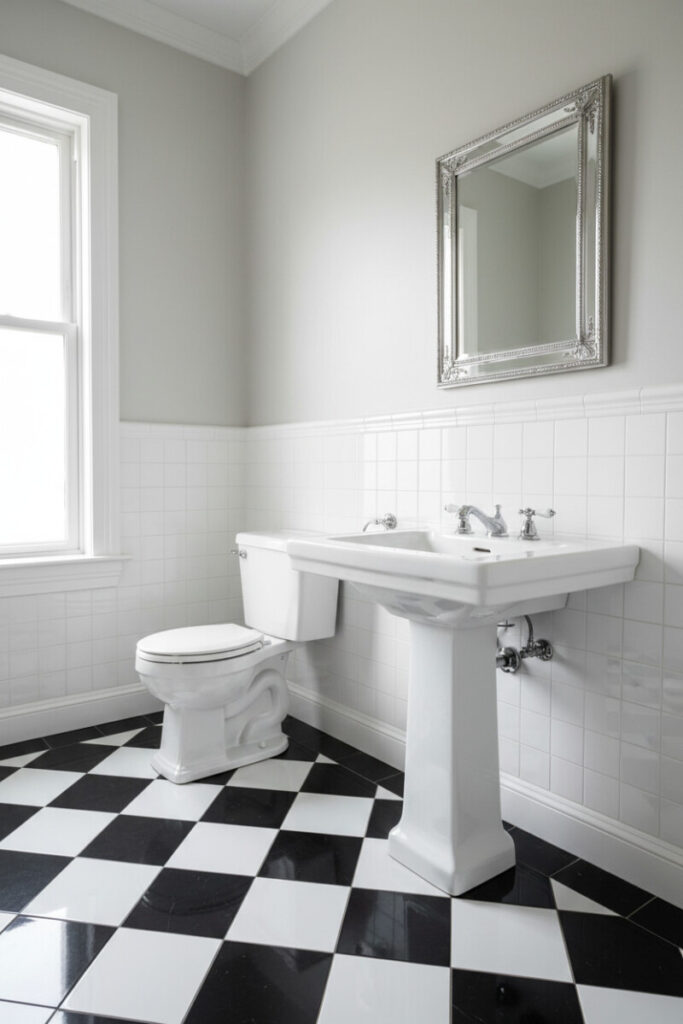
Diagonal black-and-white floors instantly telegraph “classic hotel.” Pair with a muscular pedestal sink, chrome cross handles, and a big framed mirror, and you’re in 1926—minus the drafty windows.
Design takeaway: Let the floor be the statement. Keep wall color restrained (soft greige or cream) and choose a single reflective piece—a chrome-framed mirror—to bounce light.
Installation tip: Slightly larger tiles (12×12) laid on the diagonal feel more gracious in small rooms than tight checks.
9. Chipped-Paint Towel Rack
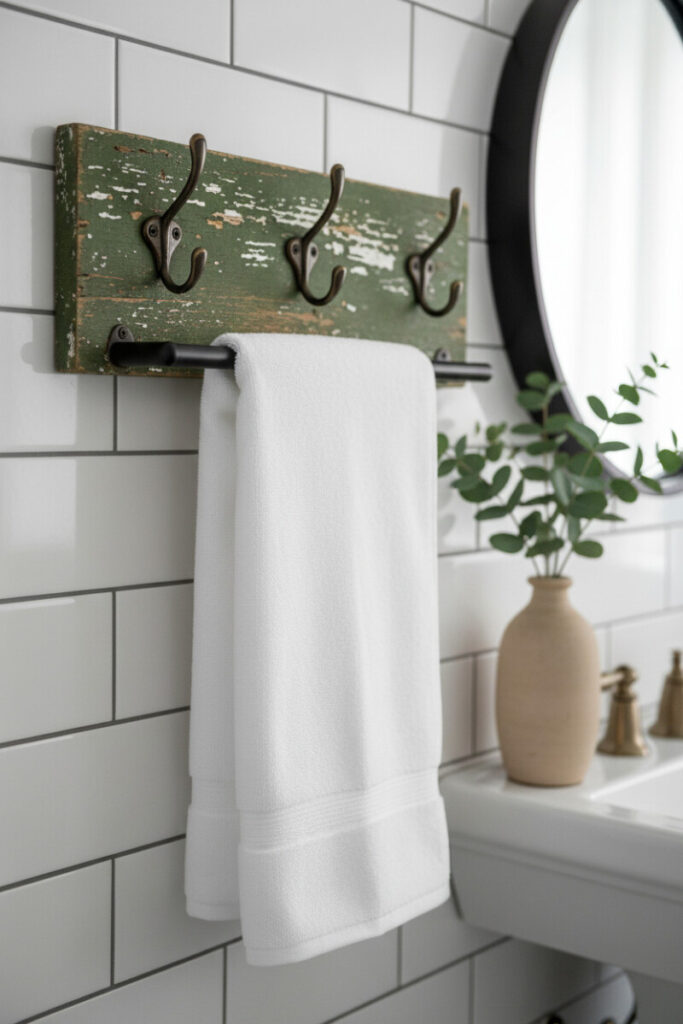
Not everything has to be pristine. A weathered green rack with bronze hooks against white subway tile introduces texture and a bit of grit—like a denim jacket thrown over a silk dress.
Design takeaway: Contrast refined finishes (glossy tile) with an upcycled piece. The dialogue between “rough” and “polished” keeps a vintage space from turning museum-stuffy.
DIY note: Seal flaking paint with a matte clear coat to preserve the look without shedding chips onto your towels.
10. Dark Wood Vanity
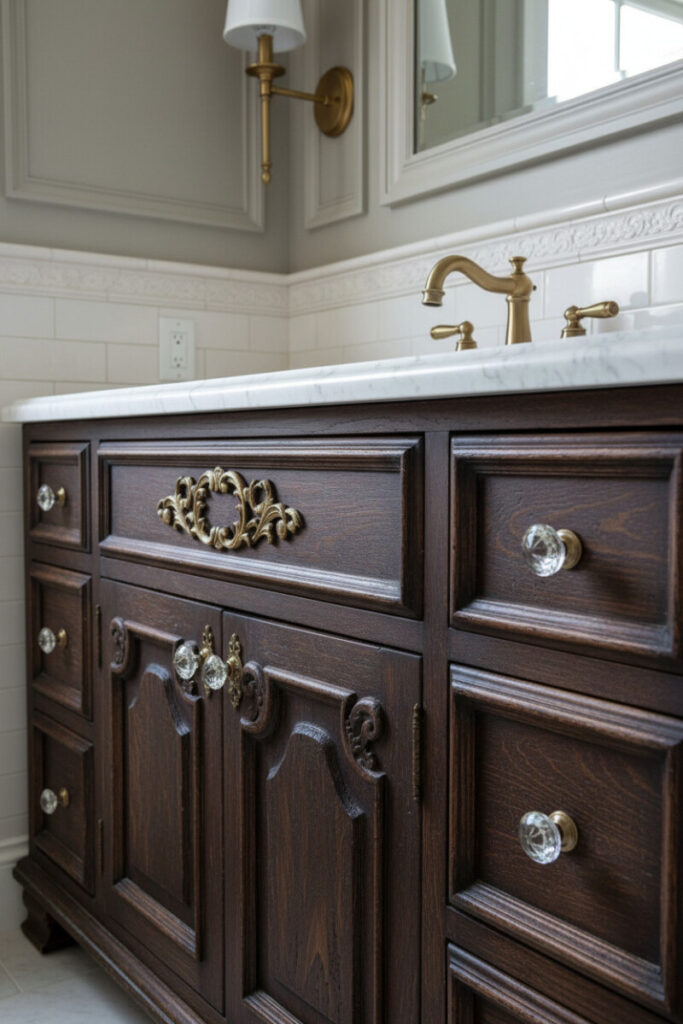
Baroque carving, espresso oak, and a marble top—this vanity brings heirloom gravitas. A brushed-gold faucet and crystal knobs play with light; a low subway backsplash prevents the upper wall molding from feeling disconnected.
Design takeaway: When wood is this ornate, keep the faucet lines simple. The tension between old-world cabinet and modern widespread tap keeps it current.
Maintenance tip: Condition the wood annually; bathrooms are dry and wet at once, the trickiest climate for furniture.
11. Gallery Wall of Vintage Art
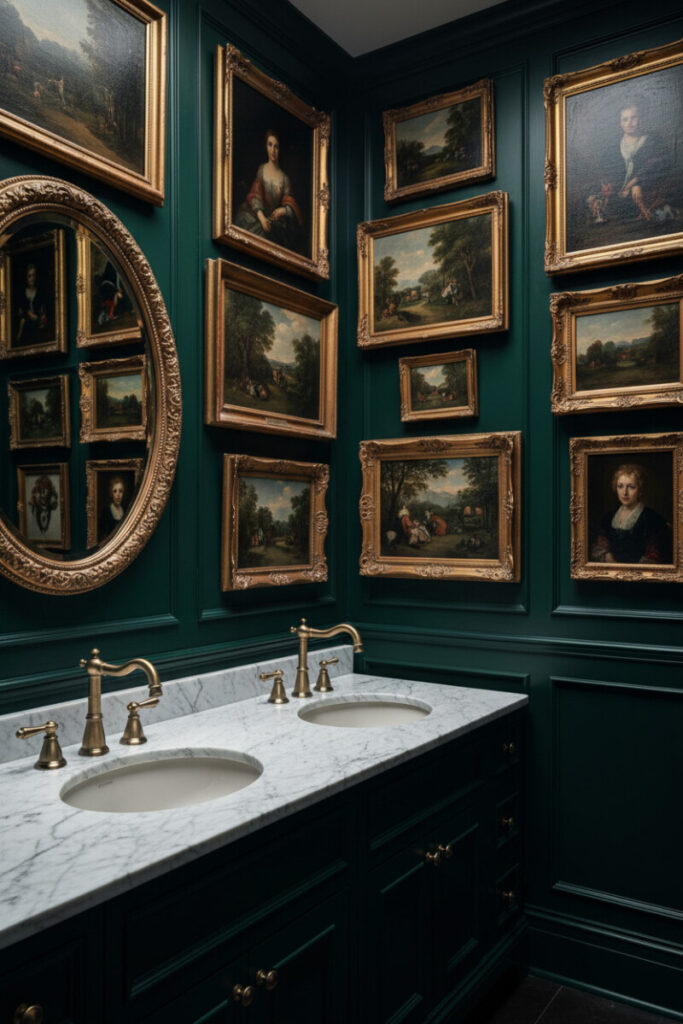
A near-black room covered in oil paintings sounds intense—and that’s the point. The marble counter, brass faucet, and vessel sink read like quiet intervals between rich notes.
Design takeaway: Build the gallery around one dominant mirror and frame everything in cousin finishes (antique gold, dark wood). Vary sizes to avoid a stamp-collection vibe.
Lighting tip: Use warm, low-glare bulbs. Cool LEDs will make those landscapes look like they’re under forensic examination.
12. Glossy Subway Tile Walls
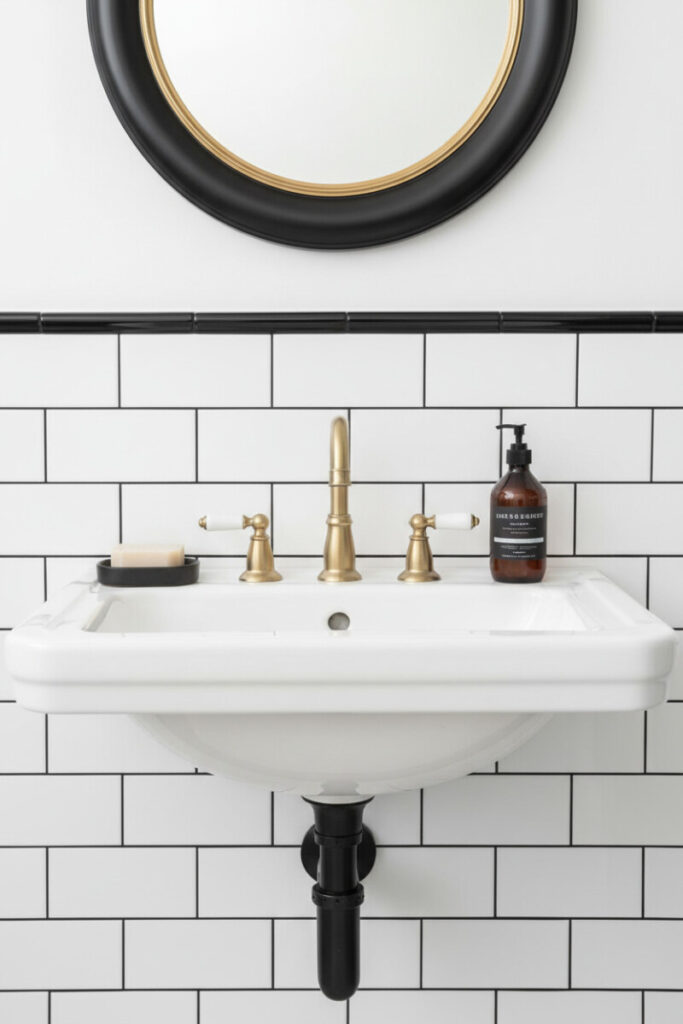
Thick black grout lines on white subway tile create a bold grid that feels modern and vintage at once. A porcelain console sink on a black pedestal keeps the silhouette airy, while a gold faucet adds the necessary punctuation.
Design takeaway: If you use dark grout, echo it with a thin black dado rail or a framed mirror. Repetition makes the choice look deliberate, not thrifty.
Cleaning tip: Choose an epoxy grout to minimize staining; it’s worth the slight upcharge.
13. Green Pedestal Sink
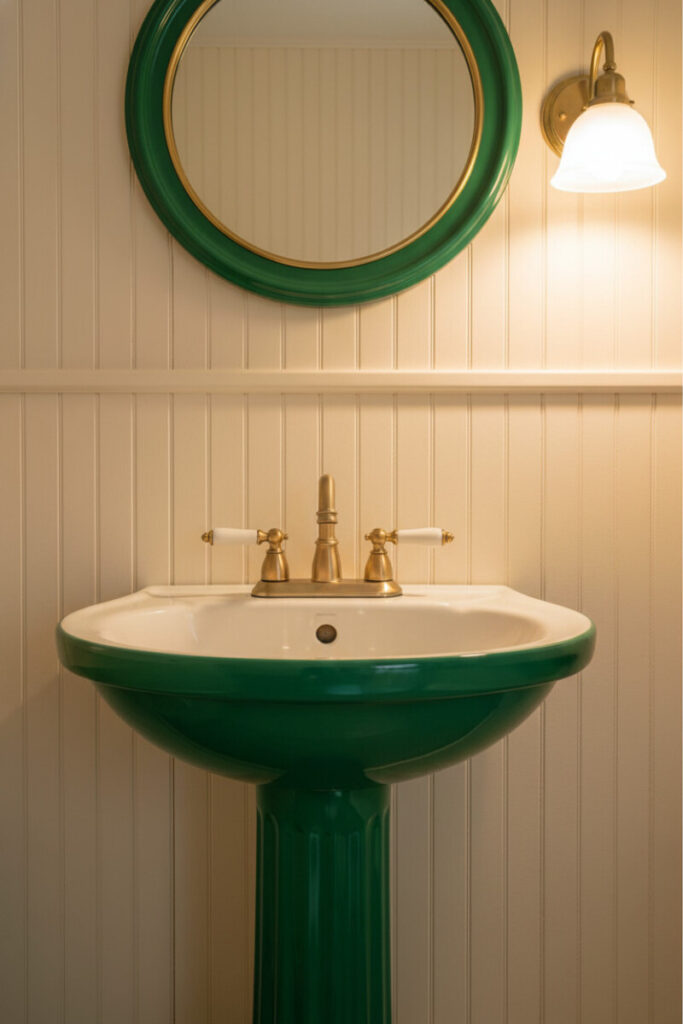
This emerald pedestal sink with brass taps is pure theater. The glossy enamel body, fluted column, and circular mirror with brass trim turn a small corner into a jewel box.
Design takeaway: Off-white beadboard keeps the color pop grounded. A single brass sconce with a frosted shade warms the green so it reads sophisticated, not school-locker.
Sourcing tip: Colored vintage sinks show up at salvage yards—check for hairline cracks and insist on a water test.
14. Kitschy Retro Charm
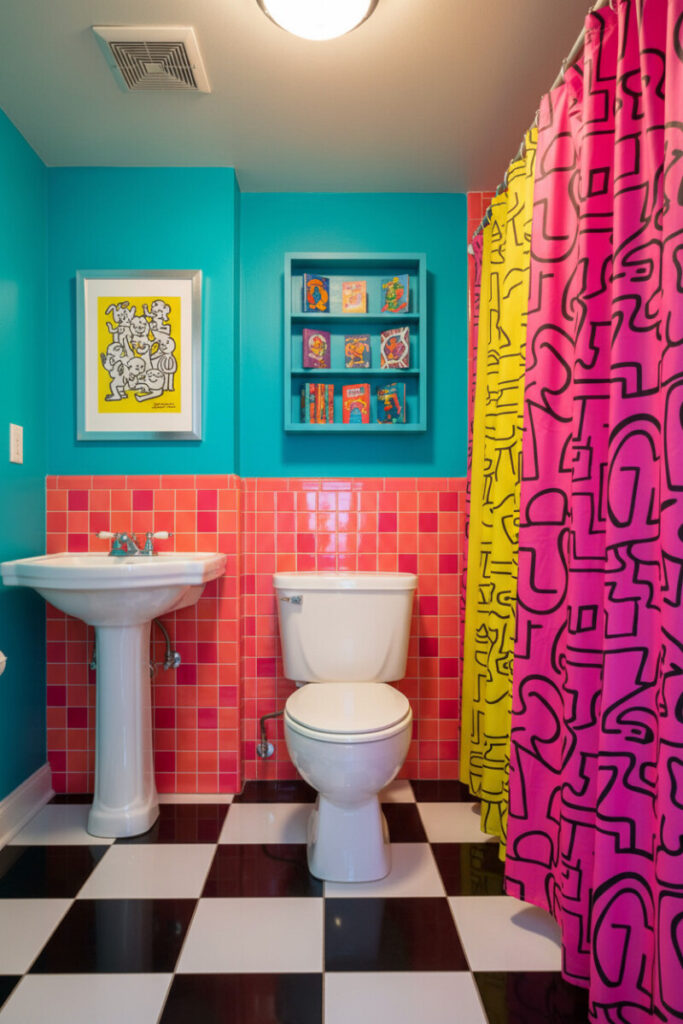
Turquoise walls, a checkerboard floor, and a pink-patterned shower curtain—this is nostalgia with a wink. The white toilet and pedestal sink provide rest stops for the eye so the saturated accents can dance.
Design takeaway: Treat kitsch like spice. A single accent wall of tiny mosaic in hot colors is plenty; keep fixtures and major surfaces white to avoid chaos.
Budget tip: Swap art and curtains seasonally. They’re the easiest way to change the temperature of a retro room.
15. Louis XVI Mirror
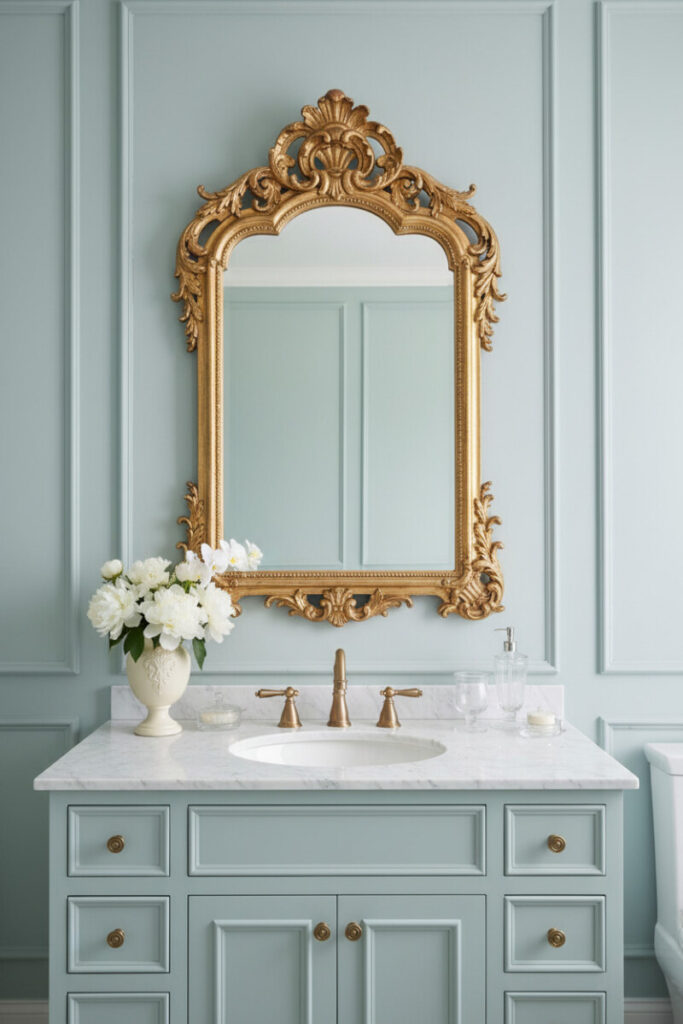
A gilded rococo mirror over a robin’s-egg vanity says “country manor taking a holiday.” Celadon wainscoting and Carrara marble keep the scene elegant, not sugary.
Design takeaway: Mix one ornate piece (the mirror) with tailored cabinetry. Small brass knobs and a restrained faucet let the frame do the talking.
Styling note: White florals—peonies, orchids—echo the marble’s veining and keep the palette restrained.
16. Milk Glass Wall Sconces
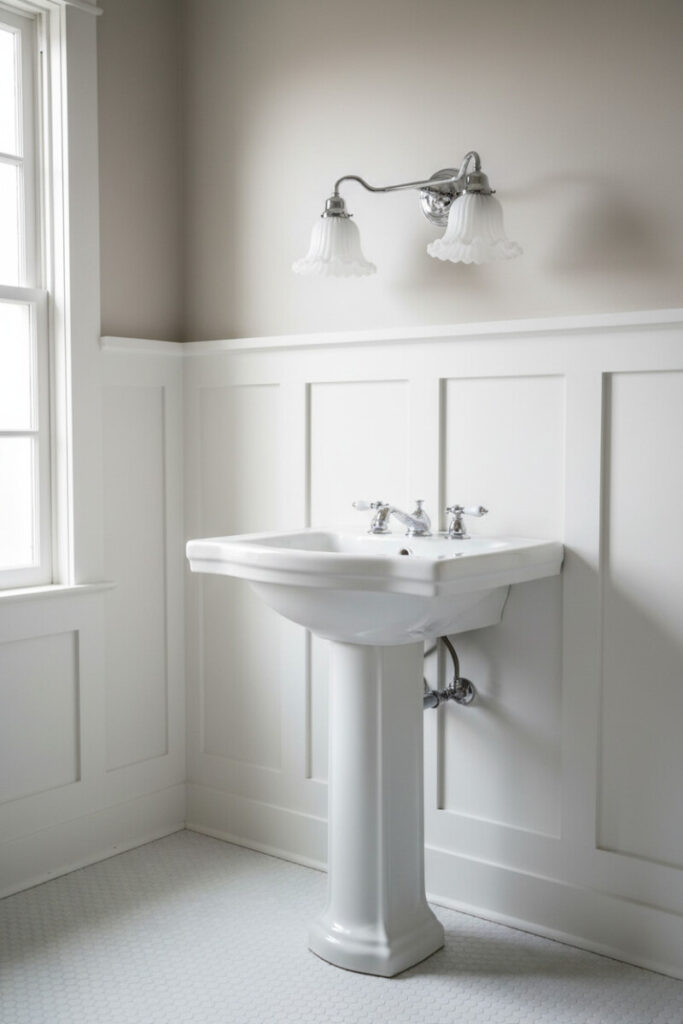
A fluted pedestal sink and polished nickel faucet under ruffled milk-glass shades is the definition of gentle. White board-and-batten raises the eye line and makes even a modest room feel crisp.
Design takeaway: Use milk glass when you want flattering light without visible bulbs. It diffuses like a cloud and pairs well with both chrome and nickel.
Flooring tip: White penny tile is timeless; if you fear maintenance, choose a slightly warm grout that hides life’s little spills.
17. Penny Tile Perfection
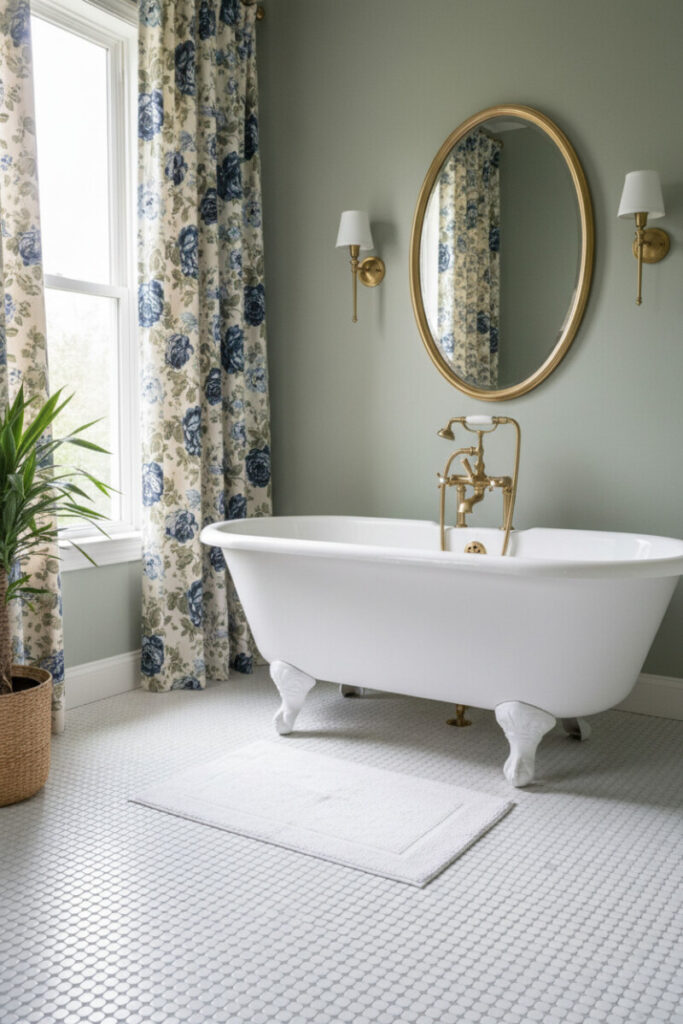
A sage-green wall color and glossy white penny floors set the stage for a porcelain clawfoot tub with a brass telephone faucet. Heavy patterned drapes add drama, while a wicker basket and a houseplant bring in texture.
Design takeaway: Patterned fabric is underrated in baths. It swallows echo and adds softness to hard surfaces—very vintage, very livable.
Practical note: Put felt pads under claw feet if the tile is delicate; vintage charm shouldn’t come with cracked floors.
18. Retro Green & Orange Palette
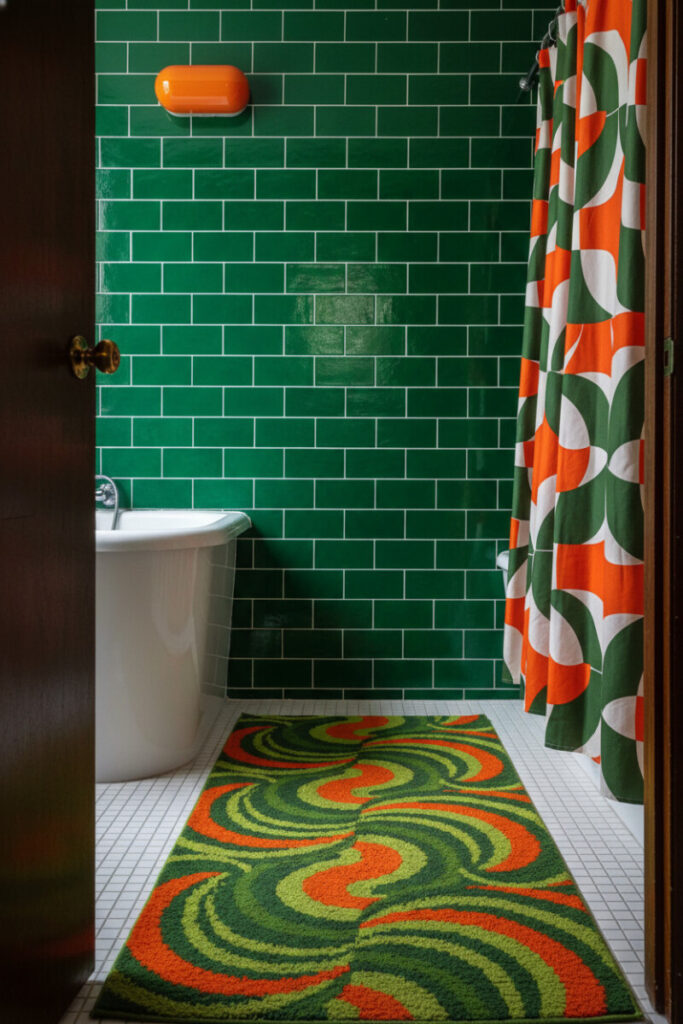
Emerald subway tile with white grout, an orange sconce, and a psychedelic rug: the 1970s are calling, in the best way. The green reads refreshing, not institutional, thanks to the glossy, uneven tile surface.
Design takeaway: When two bold colors share the room, give them separate jobs. Let green dominate vertical surfaces and orange appear in lighting and textiles.
Maintenance note: High-gloss tiles reveal everything. Squeegee after showers to keep them camera-ready.
19. Stained Glass Glow
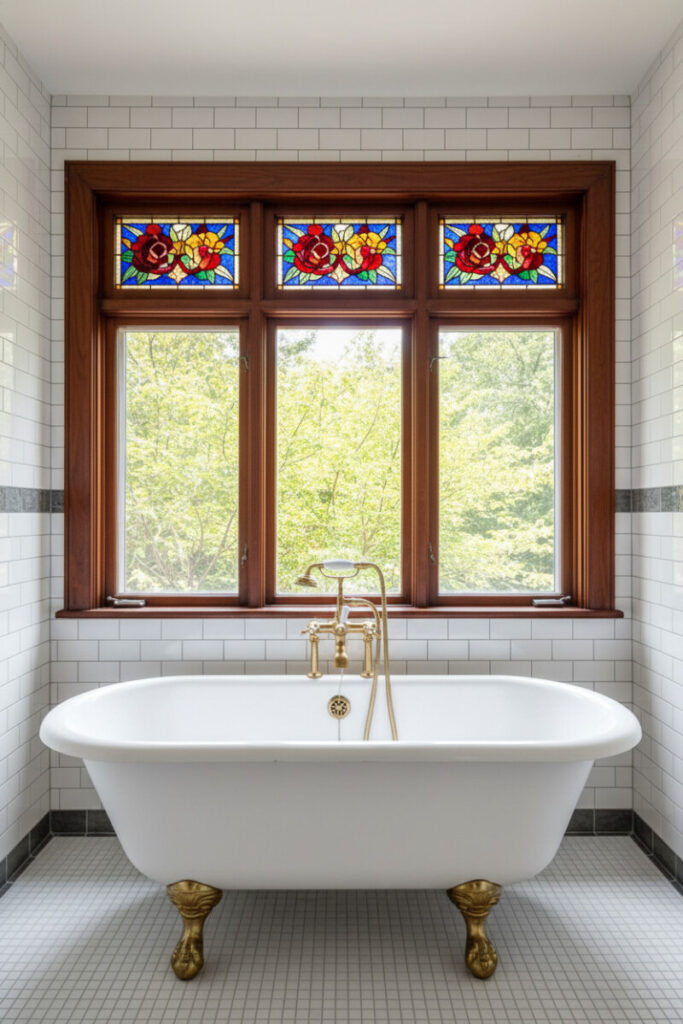
A mahogany-framed triple window with jewel-tone stained glass turns bath time into a cathedral moment. Below, a white clawfoot tub on gilded feet holds the scene like a calm lake.
Design takeaway: Keep walls simple—white subway with dark grout—to give stained glass the stage. The floor can be quiet mosaic; no need to compete.
Privacy trick: If clear lower panes face neighbors, apply frosted film from the sill up while preserving the art above.
20. Tropical Vintage Wallpaper & Beadboard
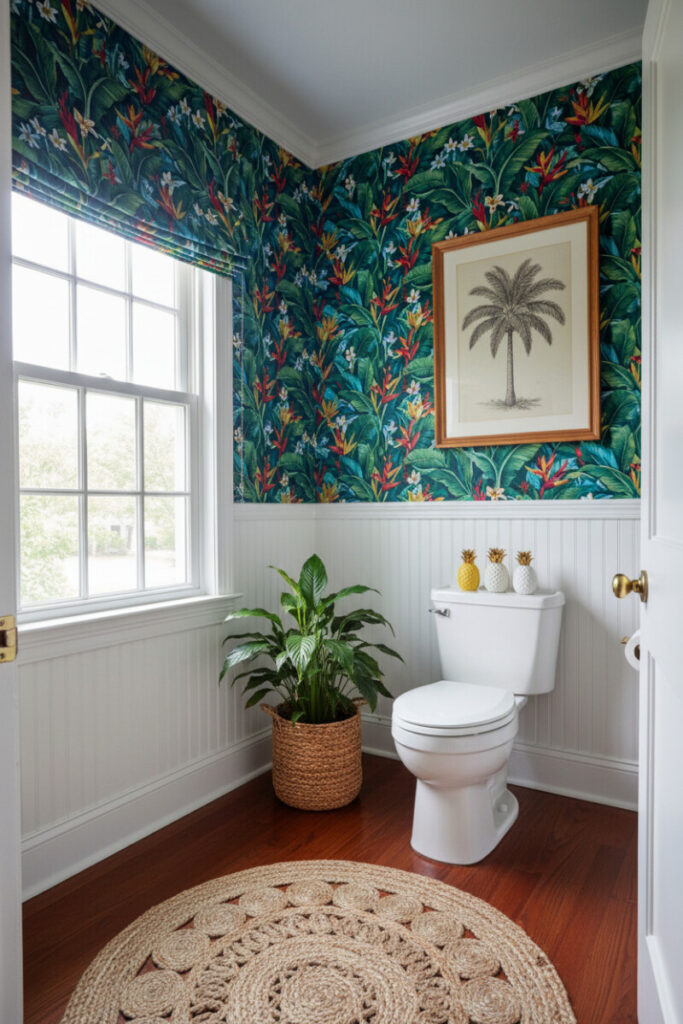
Bold banana leaves, heliconia blossoms, and crisp white beadboard bring Havana heat to a tiny powder room. A matching Roman shade pulls the look together.
Design takeaway: In small baths, large-scale patterns can actually feel calmer than small ones—the eye reads them as a single statement.
Durability tip: Use vinyl-coated (but good-looking) paper near water zones, and keep beadboard semi-gloss for easy wipes.
21. Velvet Accent Chair
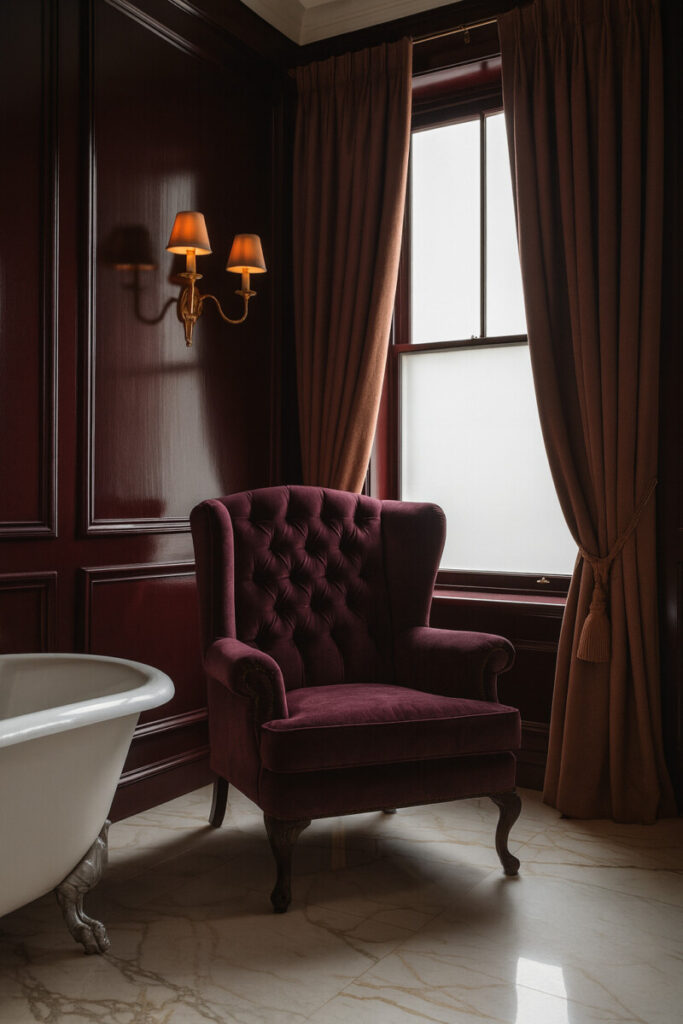
Is a velvet wingback in the bath necessary? No. Is it decadent in a way that will make you linger a little longer? Absolutely. Deep burgundy paneling and a marble floor underscore the drama.
Design takeaway: If you add soft seating, keep fabric away from splash zones and choose a stain-resistant performance velvet. The chair is an accent, not a towel rack.
Lighting tip: Warm shaded sconces create chiaroscuro that flatters both the room and its inhabitants.
22. Victorian Crystal Chandelier
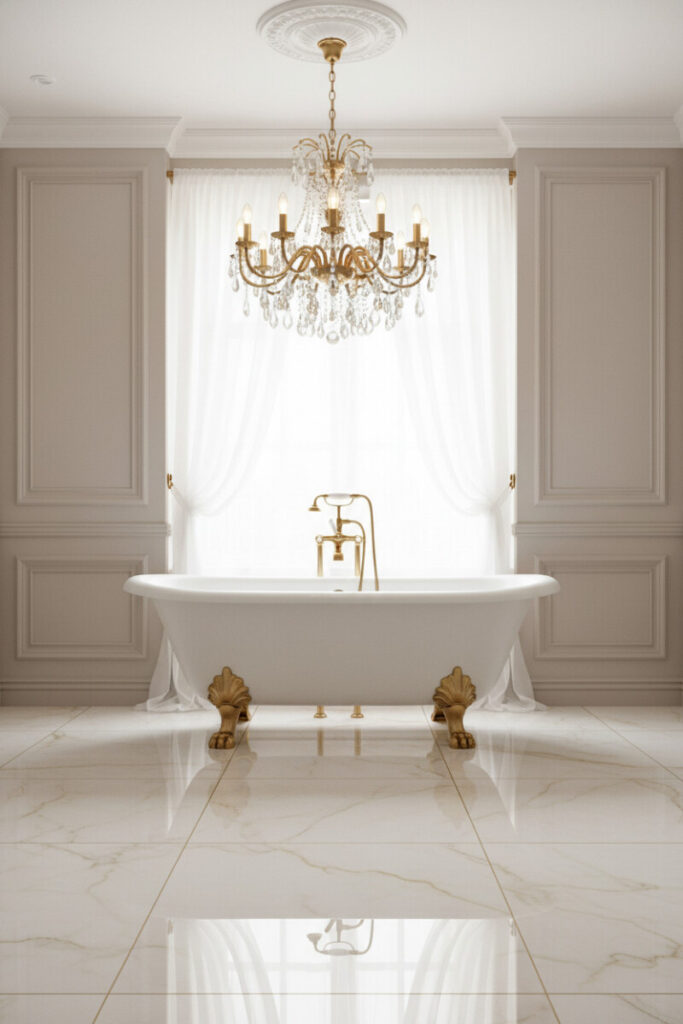
Gold lion-paw feet, a freestanding filler, and a multi-tier chandelier suspended from a ceiling medallion—this is Neoclassical theater. Sheer curtains filter daylight so the marble floor becomes a mirror.
Design takeaway: When a chandelier is the star, keep wall color pale and trim crisp. The reflections will do the decorating for you.
Safety note: Ensure adequate ceiling height and use damp-rated fixtures if the chandelier sits near a shower.
23. Vintage Farmhouse Style
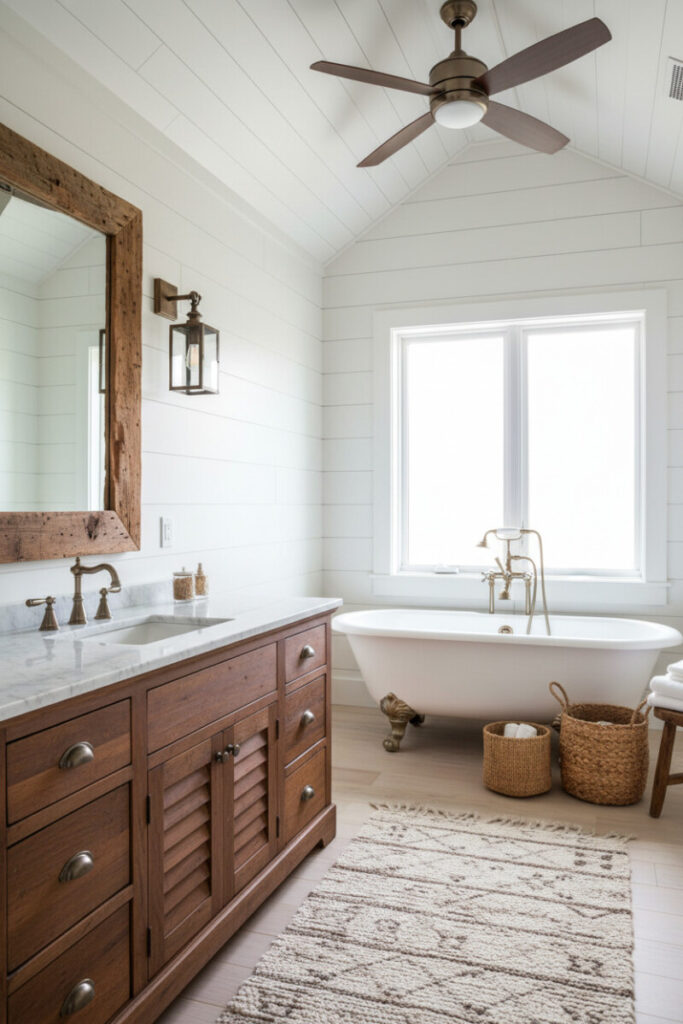
White shiplap walls, a chestnut vanity with bin pulls, and a reclaimed-wood mirror create cozy contrast. In the background, a clawfoot tub on aged brass feet anchors the farmhouse narrative.
Design takeaway: Mix high and low: marble counter with woven jute baskets, antique bronze with fresh white paint. The interplay is what makes farmhouse feel authentic rather than theme-y.
Function tip: Slatted doors on the vanity allow airflow—smart in rooms where towels get tucked away still a bit damp.
24. Vintage Floral Wallpaper
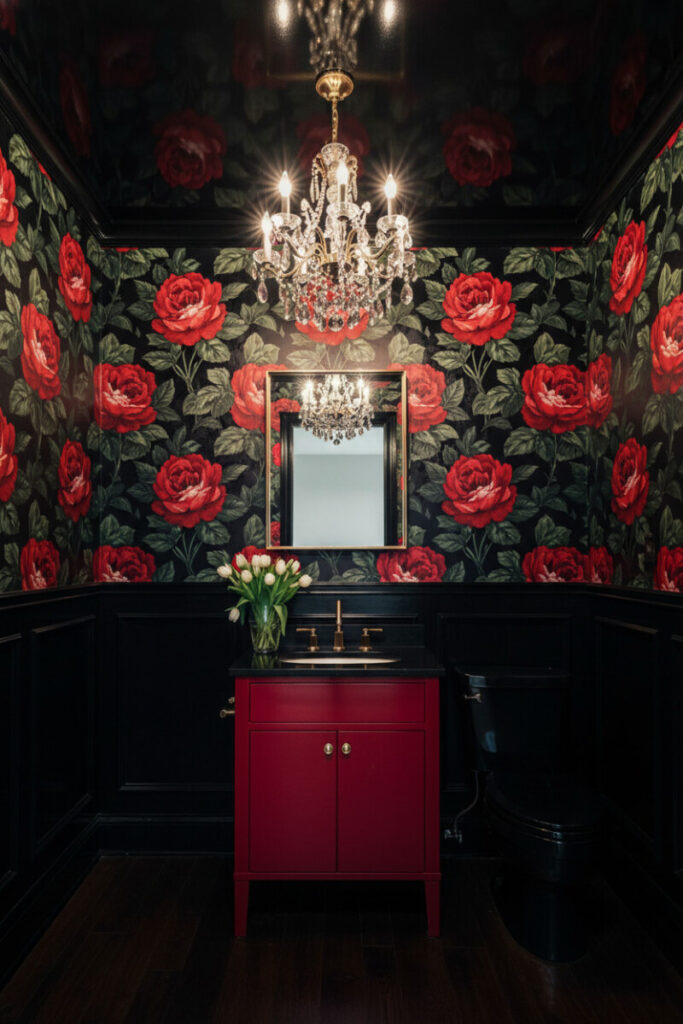
Crimson roses on a black ground, lacquered wainscoting, and a candy-apple red vanity—this is gothic glamour done right. A crystal chandelier tosses sparkles onto the glossy surfaces.
Design takeaway: Keep the counter dark (polished black stone) so the vanity reads as one confident block of color. White tulips on the counter are the perfect foil—fresh against the drama.
Finish tip: High-gloss paint requires smooth prep; any imperfection will broadcast itself. Budget time for sanding.
25. Vintage Medicine Cabinet
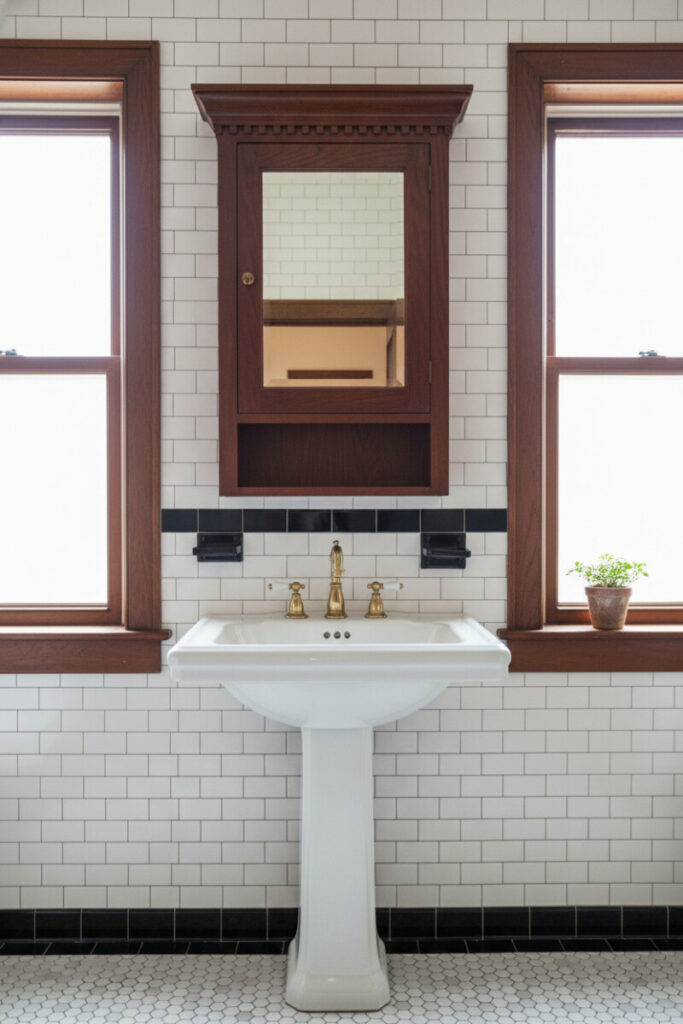
A pedestal sink beneath a dark-mahogany medicine cabinet with stepped cornice hits the 1920s sweet spot. White subway tile with black grout and patterned mosaic floors do the architectural heavy lifting.
Design takeaway: A real wood cabinet warms all that white tile. Add a small terracotta pot on the sill to echo the wood’s undertone.
Hardware tip: Polished brass bridge faucets look particularly sharp with dark wood trim—rich meets richer.
Materials & Details That Always Work
Tile: Subway, penny, and small-scale mosaics. Whether you choose glossy or honed depends on how much reflection you want. Dark grout offers graphic punch and hides coffee-splash reality; light grout is softer but needs more care.
Metals: Brass (lacquered or unlacquered), nickel, and chrome all play well with vintage narratives. Mix two at most; let one lead.
Stone & Surfaces: Carrara, Calacatta, or honed limestone never age out. If stone isn’t in the budget, porcelain with authentic veining patterns gets you 85% there.
Wood: Dark stains (mahogany, walnut, espresso) add gravitas. If the room is small, contrast with plenty of white so it doesn’t feel heavy.
Lighting: Milk glass, pleated fabric shades, and lantern forms are flattering. Always install dimmers—vintage or modern, no one loves interrogation-room lighting.
How to Pull It Together (Without Losing Your Mind)
- Define your era, then loosen up. Are you a Deco person (#5), a farmhouse person (#23), or a romantic classicist (#22)? Pick a primary reference and let two secondary notes chime in. That’s how rooms feel layered, not costumed.
- Choose one “forever” element. Maybe it’s the tub (#3 or #7), maybe it’s a spectacular mirror (#15). Build around it with simpler, more affordable companions.
- Mind the maintenance. Unlacquered brass and marble require care; they also reward it with character. If low-maintenance is non-negotiable, try nickel hardware, quartz counters, and porcelain tile that mimics stone.
- Plan storage invisibly. Even the most romantic bath needs a place for floss. Recessed medicine cabinets (#25) and built-ins painted to match the wainscot are your friends.
- Add soul with one imperfect piece. The chipped towel rack (#9), a vintage stool, or a patinated tray. A little imperfection keeps the space from feeling like a showroom.
Color Confidence: Best Bets for Vintage Spaces
People often ask about best paint colors for vintage bathrooms. A few that consistently flatter old finishes: warm whites (not blue-white), gentle sages (#17), greiges with a whisper of taupe (#2, #7), and moody near-blacks (#11, #24). If you crave color, pick one saturated element—the sink (#13) or wall tile (#18)—and let everything else serve that star.
Budget Smart (and Have Fun)
You don’t have to spend like a hotel renovation to get the look. Here’s how to approach how to style a vintage bathroom on a budget without drifting into flimsy knockoffs:
- Salvage the showpieces. Look for cast-iron tubs, solid wood medicine cabinets, and vintage mirrors. Spend money rehabbing; you’ll still come out ahead and keep real materials in circulation.
- Reproduction where it counts. New widespread faucets with ceramic cartridges outperform many antiques and are safer for daily use. Choose designs that mimic period shapes.
- Tile strategically. Use the “good stuff” on wainscoting height and paint above. Or splurge on a dramatic niche and let simpler field tile do the rest.
- Mix finishes intentionally. A polished nickel faucet, brass mirror, and iron stool can coexist if each appears more than once somewhere in the room.
- Let textiles carry personality. Curtains (#17), rugs (#18), and hand towels cost less to refresh than stone or tile and make a big emotional impact.
Care & Longevity
- Brass: Expect water spots; wipe after use. Unlacquered brass will deepen; if you prefer a steady tone, choose lacquered or satin.
- Marble: Seal, wipe acids quickly, and embrace patina. Etches read like life, not failure.
- Wood: Ventilation is everything. Use a good bath fan and keep furniture-grade pieces away from constant splash zones.
- Tile & Grout: Squeegee glassy tiles; choose epoxy or a stain-resistant grout if you love black coffee as much as you love white floors.
Final Thoughts
Vintage Bathroom Designs succeed when they feel collected rather than installed all at once. That doesn’t mean you have to hunt for years; it means you choose pieces with a little soul and give them room to breathe. Whether you go maximal with roses and lacquer (#24), serene with marble and nickel (#4, #16), or playful with checkerboard floors and turquoise walls (#8, #14), the end result should feel inevitable—like the room couldn’t have been any other way.
When you’re ready to start, pick one idea from the list that makes your heart jump. Add a second that plays harmony. Live with them for a week on a mood board or taped samples on the wall. Then commit. Ten years from now, your future self will thank you every morning.
